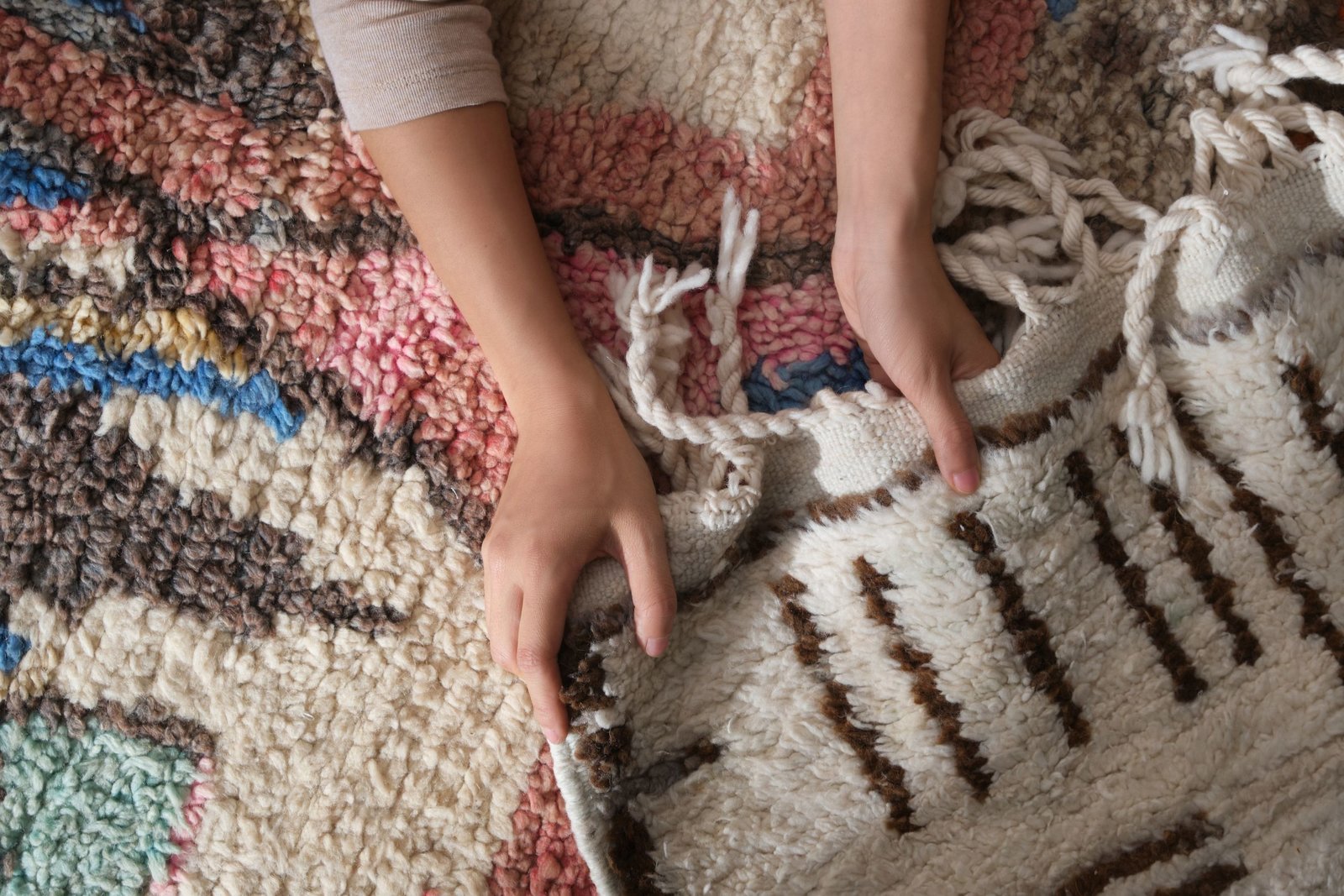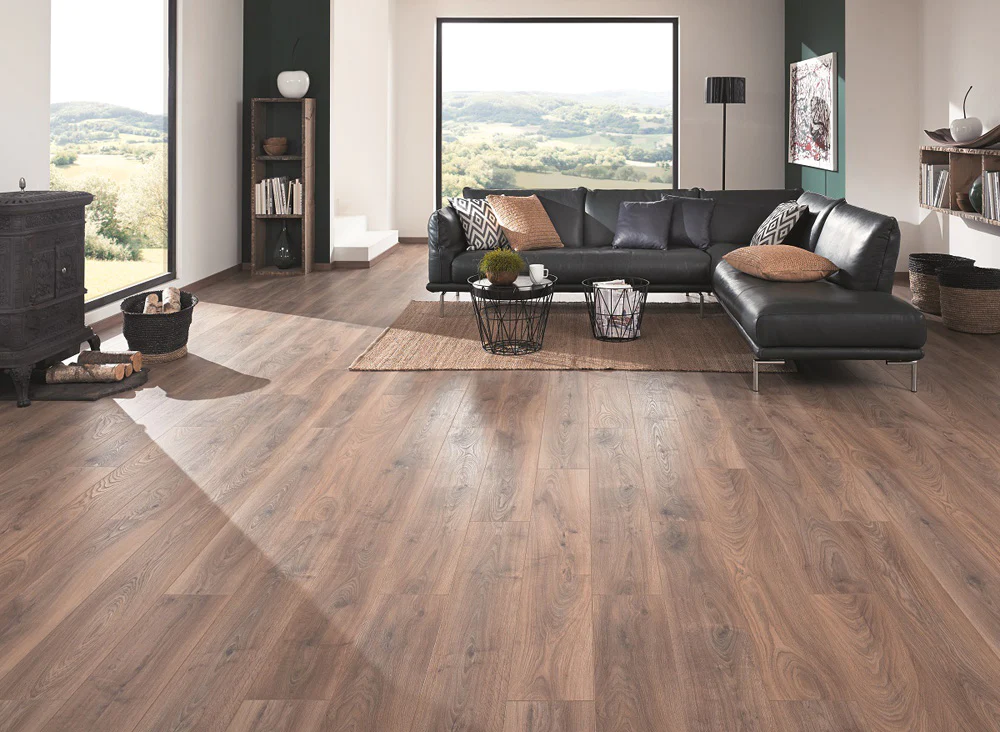
Types of Moroccan Rugs: Patterns, Colors, and Materials
abdul
- 0
Moroccan rugs are renowned for their intricate designs, vibrant colors, and quality craftsmanship. These rugs have been a staple of Moroccan culture for centuries, and they continue to be highly sought after by interior designers and collectors alike. With so many different types of Moroccan rugs available on the market, it can be difficult to know where to begin when selecting one for your home or office.
In this article, we will explore the various types of Moroccan rugs that are available today. We’ll delve into their unique patterns, colors, and materials to help you understand what distinguishes each type from the others. Whether you’re looking for a traditional design or something more contemporary, there’s sure to be a Moroccan rug that speaks to your personal style preferences.
Discovering the Beauty of Moroccan Rugs:
Moroccan rugs are known for their unique and intricate designs that vary from region to region. One of the most popular types is the Beni Ourain rug, which originated from the Atlas Mountains. These rugs are made from natural wool and feature simple, geometric patterns in black and white or beige tones.
Another type of Moroccan rug is the Boucherouite rug, also known as “rag rugs.” These rugs are made from recycled materials such as clothing or fabric scraps and come in a variety of colors and patterns. Resonnairehome.com provides the details that often have a playful, bohemian vibe that adds character to any room.
Discovering the Beauty of Moroccan Rugs:
Moroccan rugs are known for their unique and intricate designs that vary from region to region. One of the most popular types is the Beni Ourain rug, which originated from the Atlas Mountains. These rugs are made from natural wool and feature simple, geometric patterns in black and white or beige tones.
Another type of Moroccan rug is the Boucherouite rug, also known as “rag rugs.” These rugs are made from recycled materials such as clothing or fabric scraps and come in a variety of colors and patterns. They often have a playful, bohemian vibe that adds character to any room.
Types of Moroccan Rugs:
Moroccan rugs are known for their unique patterns, colors, and materials. They are made by hand using traditional techniques passed down through generations of weavers. The most popular types of Moroccan rugs include Beni Ourain, Azilal, Boucherouite, and Kilim.
Beni Ourain rugs are perhaps the most famous type of Moroccan rug. They feature a simple geometric pattern in black or brown on a cream-colored background. These rugs are made from high-quality wool and have a plush texture that makes them perfect for cozying up next to the fire.
Azilal rugs feature bright colors and intricate designs that often incorporate symbols from Berber culture. These rugs are typically made from wool or cotton and can be used as floor coverings or decorative wall hangings.
Boucherouite rugs are made from recycled fabrics such as old clothing, blankets, and even plastic bags. These colorful rugs come in various shapes and sizes and are perfect for adding a pop of color to any room in your home.
Kilim is another popular type of Moroccan rug that features flat-woven patterns with bold geometric shapes and vibrant colors. These versatile rugs can be used as floor coverings or hung on walls as tapestries to add texture and interest to any space.
Tribal Designs: Bold Colors and Geometric Patterns:
Tribal designs are a popular choice for Moroccan rugs, featuring bold colors and geometric patterns. These unique designs draw inspiration from the Berber tribes of Morocco, who have been creating these rugs by hand for centuries. The bright colors used in tribal designs are often symbolic of natural elements such as the sun or sky, while geometric patterns represent shapes found in nature such as mountains or waves.
When it comes to materials, traditional tribal designs use wool from local sheep that is then hand-spun and dyed using natural pigments made from plants or insects. This process can take up to several months to complete but results in a one-of-a-kind rug with vibrant colors and intricate details. In recent years, synthetic fibers or avalon products have been used to create similar styles at a lower cost but lack the same authentic feel.
Materials Used in Moroccan Rugs:
Moroccan rugs are renowned for their intricate designs, vibrant colors, and high-quality materials. The materials used in making these rugs play a significant role in determining their durability, texture, and overall appearance. One of the most common materials used in Moroccan rugs is wool. Wool sourced from local sheep is considered the best as it is soft, durable, and has natural lanolin oil that repels moisture and dirt.
Another popular material used in making Moroccan rugs is cotton. Cotton fibers are usually mixed with wool to create a blend that is more lightweight and affordable than pure wool. The use of cotton also makes the rug more breathable while retaining its softness.
Moroccan Berber tribes also use goat hair to make their traditional carpets known as boucherouite or boujad rugs. These handwoven carpets are made using recycled clothing fabrics with natural dyes which produce colorful patterns that showcase the rich history of the Berber people. With such diverse materials used to make Moroccan rugs, it’s easy to see why they continue to be one of the most sought-after home decor items around the world.
Conclusion:
In conclusion, Moroccan rugs are an exceptional addition to any home decor. With their unique patterns, colors, and materials, they have the ability to add a touch of warmth and sophistication to any space. Whether you prefer a traditional or modern aesthetic, there is a Moroccan rug out there that will fit your style. With their durability and timeless beauty, these rugs are sure to bring joy for years to come. Don’t hesitate- check out the wide variety of options available online and start decorating your dream space today!
Also Read: Style a Moroccan pouffe

